This car is absolutely beautiful, uns and drives great. Showroom quality!
-Original build sheet-Original buyers invoice-Original window sticker-Original Warranty book and service card-Original dealer brochure-Original new car registration from 1969
-Factory repainted its original color (Crystal Turquoise) with Black Cordova top-400 V8 and 400 Turbo Automatic Transmission-All original other than the paint
Very well optioned car for its time-RPO#345 Firebird 400 Package-Turbo Hydra-Matic Transmission-Posi Rear differential-Custom trim-WORKING AC!-Deluxe Steering wheel-Soft Ray Windshield-Power steering-Power brakes-Electric clock-Center console-Rally wheels-Remove deck lid release-Custom petal trim plates
All documented RPO options
V8400cuin (6.6L) Pontiac Ram Air IV V8
The first generation Firebirds had a characteristicCoke bottle styling. Unlike its cousin the Chevrolet Camaro, he Firebird's bumpers were integrated into the design of the front end.The Firebird's rear "slit" taillights were inspired by thePontiac GTO. Both a two-doorhardtopand aconvertiblewere offered through the 1969 model year. Originally, he car was a "consolation prize" for Pontiac, ho had wished to produce a two-seat sports car of its own design, ased on the originalBansheeconcept car. However, M feared such a vehicle would directly compete with Chevrolet'sCorvette, nd the decision was made to give Pontiac a piece of the pony car market by having them share theF-bodyplatform withChevrolet.
The base model Firebird came equipped with the OHCinline-6and a single-barrelcarburetor. The next model, he Sprint, ad a four-barrel carburetor, eveloping 215hp (160kW).Most buyers opted for one of the V8 engines: the 326CID (5.3L) with a two-barrel carburetor producing 250hp (190kW); the "H.O." (High Output) engine of the same displacement, ut with a four-barrel carburetor and producing 285hp (213kW); or the 400CID (6.6L) from the GTO with 325hp (242kW). A "Ram Air" option was also available in 1968, roviding functional hood scoops, igher flow heads with stronger valve springs, nd a differentcamshaft. Power for the Ram Air package was the same as the conventional 400H.O., ut the engine peaked at a higher RPM. The 230CID (3.8L) engines were subsequently replaced by 250CID (4.1L) engines, he first developing 175hp (130kW) using a single-barrel carburetor, nd the other 215hp (160kW) with a four-barrel carburetor. Also for the 1968 model, he 326CID (5.3L) engine was replaced by one with a displacement of 350cubic inches (5.7L). An "H.O." version of the 350CID with a revised cam was also offered starting in that year, hich developed 320hp (240kW). Power output of the other engines was increased marginally. In 1969, $725 optional handling package called the "Trans Am Performance and Appearance Package,", amed after theTrans Am Series, hich included a rearspoiler, as introduced. Of these first "Trans Ams," only 689 hardtops and eight convertibles were made. There was an additional Ram Air IV option for the 400CID engine during that year, omplementing the Ram Air III; these generated 345 and 335hp (250kW) respectively. The 350 "H.O." engine was revised again with a different cam and cylinder heads resulting in 330hp (250kW). During 1969 a special 303cuin (5.0L) engine was designed forSCCAroad racing applications that was not available in production cars.
The styling difference from the 1967 to the1968model was the addition of Federally-mandated side marker lights: for the front of the car, he turn signals were made larger and extended to wrap around the front edges of the car, nd on the rear, he Pontiac (V-shaped) Arrowhead logo was added to each side. The front doorvent-windowswere replaced with a single pane of glass. The1969model received a majorfaceliftwith a new front end design but unlike its big brother the GTO, t did not have the Endura bumper. The instrument panel and steering wheel were revised. The ignition switch was moved from the dashboard to the steering column with the introduction of GM's new locking ignition switch/steering wheel.
Due to engineering problems that delayed the introduction of the all-new 1970 Firebird beyond the usual fall debut, ontiac continued production of 1969 model Firebirds into the early months of the 1970 model year (the other 1970 Pontiac models had been introduced on September 18, 969). By late spring of 1969, ontiac had deleted all model-year references on Firebird literature and promotional materials, nticipating the extended production run of the then-current 1969 models.
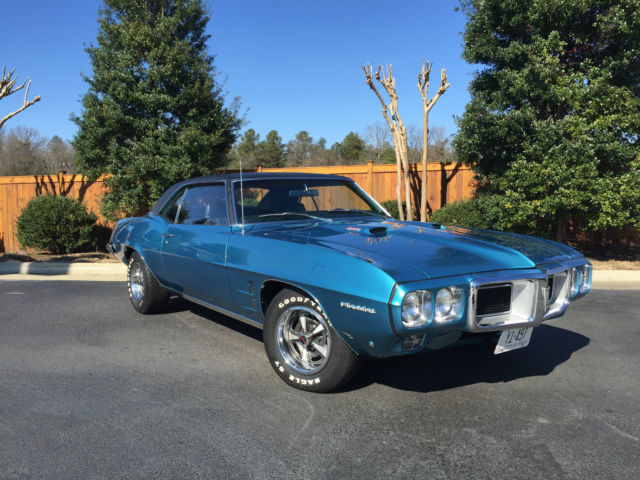
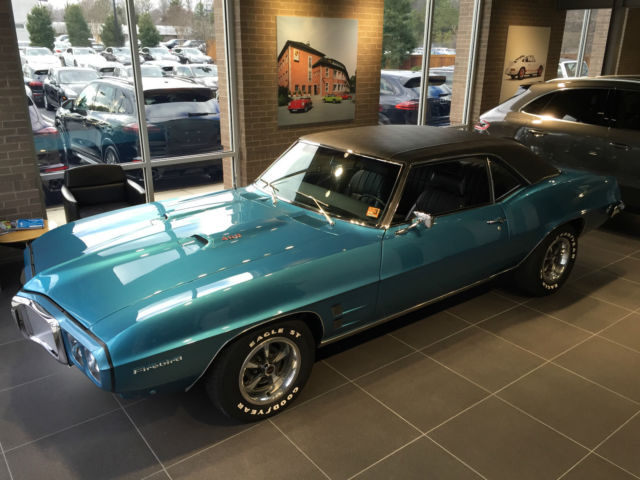
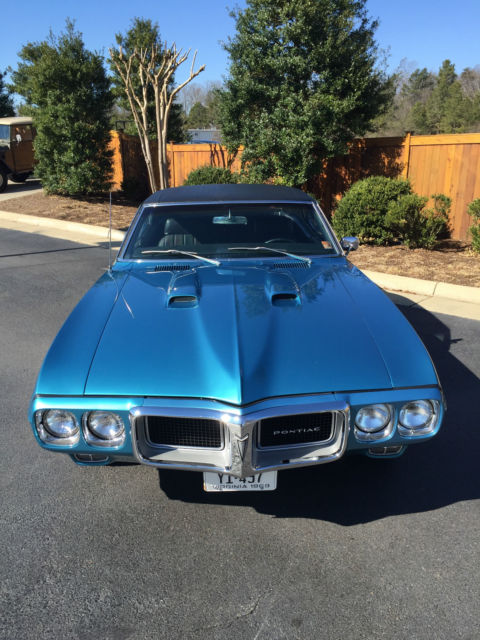
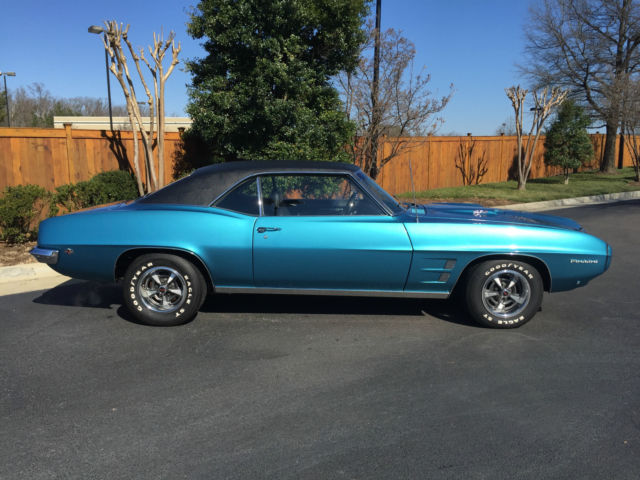

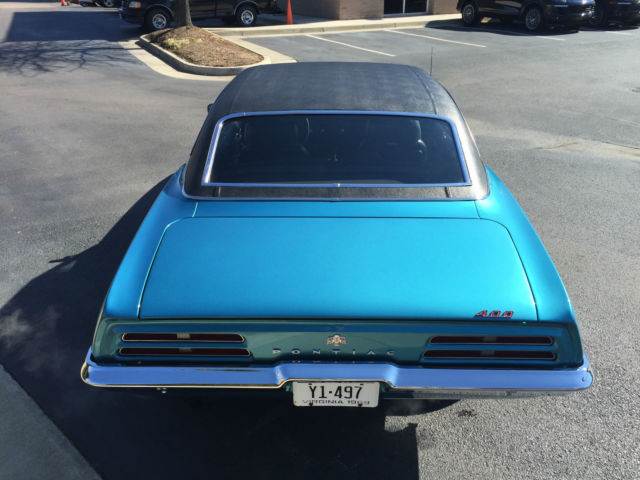
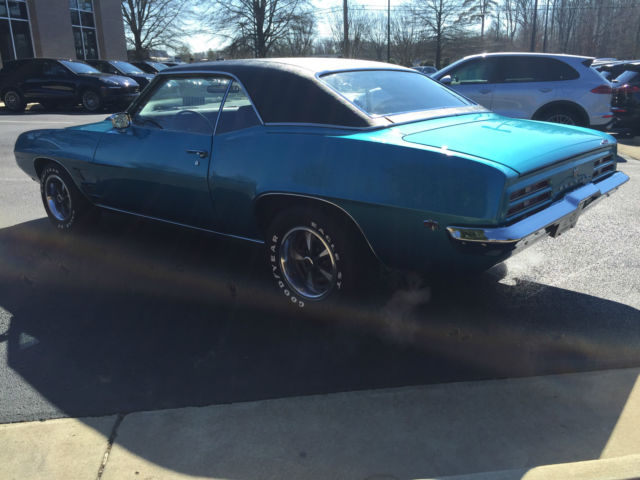
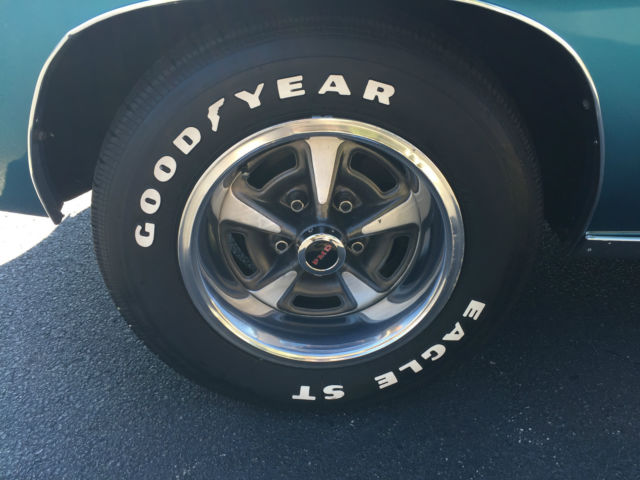

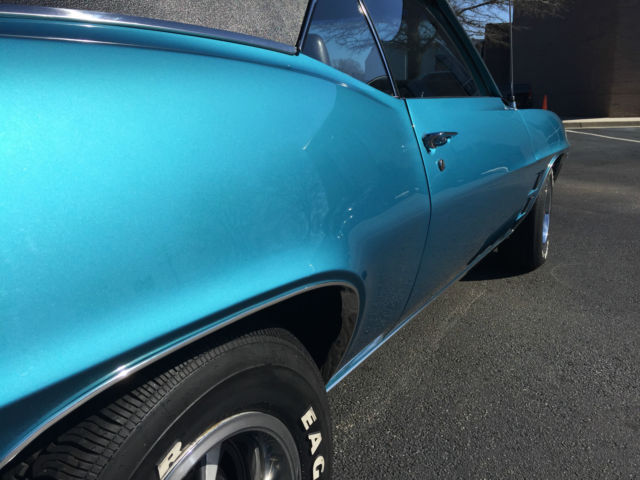
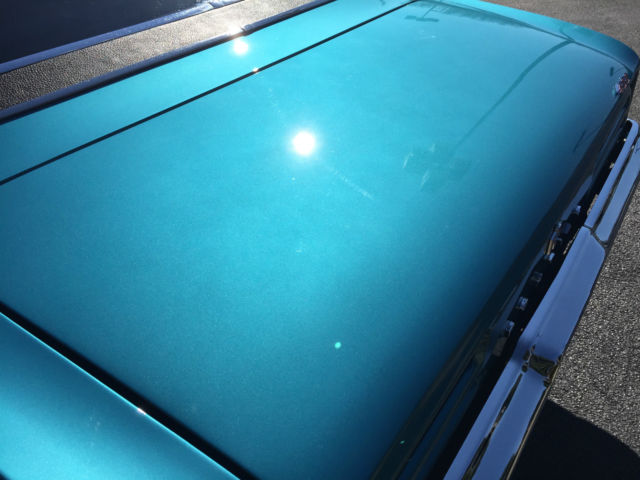
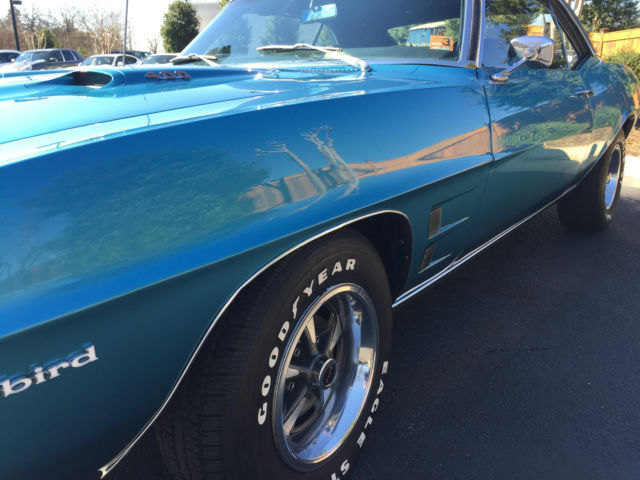
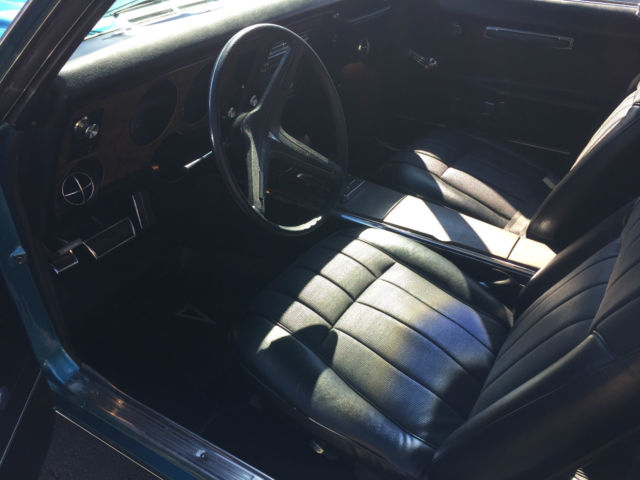
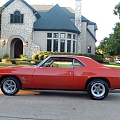 1969 Pontiac Firebird Coupe, 350, automatic, AC, pwr steering, front disc brakes
1969 Pontiac Firebird Coupe, 350, automatic, AC, pwr steering, front disc brakes
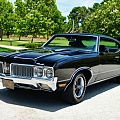 Power Steering Power Brakes Original Transmission & Carburetor! Build Sheet!
Power Steering Power Brakes Original Transmission & Carburetor! Build Sheet!
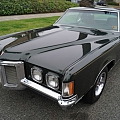 1969 MODEL J WITH ITS ORIGINAL 428/390HP HIGH OUTPUT V8 ENGINE & FACTORY AC!
1969 MODEL J WITH ITS ORIGINAL 428/390HP HIGH OUTPUT V8 ENGINE & FACTORY AC!